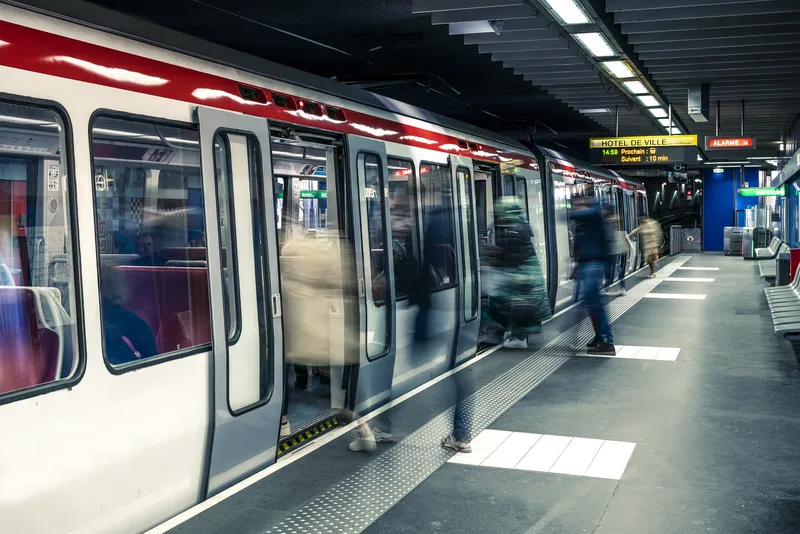After 17 years of construction, the 57 kilometre-long Gotthard Base Tunnel in Switzerland, said to be the longest train tunnel in the world opens today, 1 June. At a depth inside the Gotthard massif of more than 2,000 metres, trains will travel at up to a maximum 250 kilometres per hour.
The opening is attracting attention from high profile figures outside of Switzerland, including Germany’s chancellor Angela Merkel, French president François Hollande and Italian Prime Minister Matteo Renzi, who will al
June 1, 2016
Read time: 2 mins
After 17 years of construction, the 57 kilometre-long Gotthard Base Tunnel in Switzerland, said to be the longest train tunnel in the world opens today, 1 June. At a depth inside the Gotthard massif of more than 2,000 metres, trains will travel at up to a maximum 250 kilometres per hour.
The opening is attracting attention from high profile figures outside of Switzerland, including Germany’s chancellor Angela Merkel, French president François Hollande and Italian Prime Minister Matteo Renzi, who will all attend the celebrations to inaugurate tunnel.
The tunnel, which cost US$12 billion (€11 billion) to complete, is at the heart of the New Trans-Alpine Railway Link project, geared towards improving the north-south rail link through the Alps.
Base tunnels enable flatter and shorter rail routes so trains can travel at higher speeds and pull more weight. The link is only 550 metres above sea level at its highest point - much lower than existing routes through the Alps, says swissinfo.ch
189 Siemens has supplied the tunnel control and fire protection systems for the tunnel; the sophisticated safety system has over 200,000 sensors, while the control system controls and automatically monitors all installations, including train movements, train door status, tunnel lighting and ventilation. The tunnel is fitted with sensors, control electronics and surveillance equipment, including video cameras.
The tunnel tubes are connected every 300 metres by crosscuts that allow train passengers to escape to the other tube in case of a fire. Each tube has two emergency-stop stations 600 meters in length which allows the evacuation of up to 1,000 passengers.
The opening is attracting attention from high profile figures outside of Switzerland, including Germany’s chancellor Angela Merkel, French president François Hollande and Italian Prime Minister Matteo Renzi, who will all attend the celebrations to inaugurate tunnel.
The tunnel, which cost US$12 billion (€11 billion) to complete, is at the heart of the New Trans-Alpine Railway Link project, geared towards improving the north-south rail link through the Alps.
Base tunnels enable flatter and shorter rail routes so trains can travel at higher speeds and pull more weight. The link is only 550 metres above sea level at its highest point - much lower than existing routes through the Alps, says swissinfo.ch
The tunnel tubes are connected every 300 metres by crosscuts that allow train passengers to escape to the other tube in case of a fire. Each tube has two emergency-stop stations 600 meters in length which allows the evacuation of up to 1,000 passengers.









